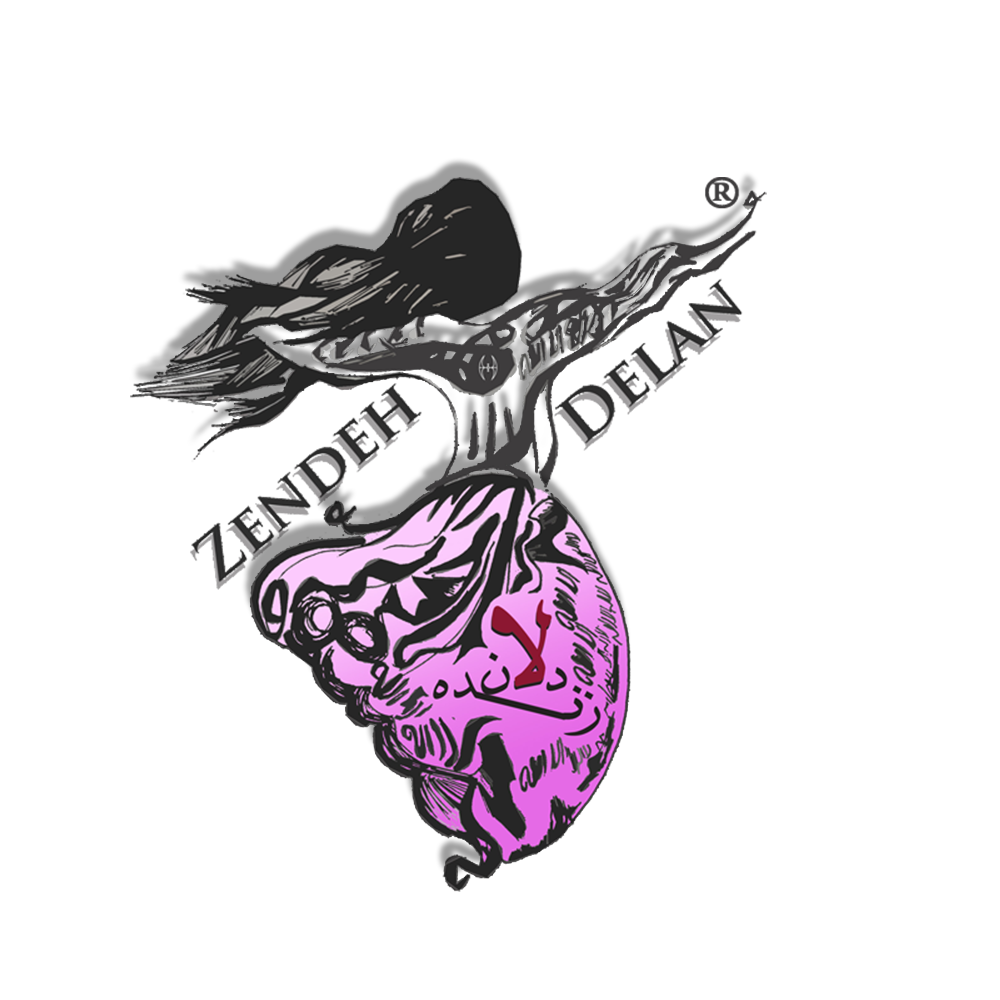
Sama
In the Sufi tradition, sama means “musical audition.” In sama, one hears, sees, experiences, and becomes in harmony with the impressions or calling of the Divine Lord, creating a state of pure joy (vajd). This state of absolute awareness permeates one’s entire being, uniting with the Beloved, creating the motions in sama.
Zendeh Delan has been practising sama under direct instructions of Professor Nader Angha for several years. It is not recommended to practise sama without direct instructions from the Sufi Master.
Throughout the history of Sufism, no one is more closely associated with sama than the thirteenth century Sufi and poet, Jalaluddin Rumi Balkhi, known to many today as Rumi. Jale Erzen describes sama in The Dervishes Dance – The Sacred Ritual of Love as, “… those who revolve in sama represent the solar system and the planets that orbit the sun. At the same time they are immersed in their own microcosmos, creating new worlds and making contact with eternity.”
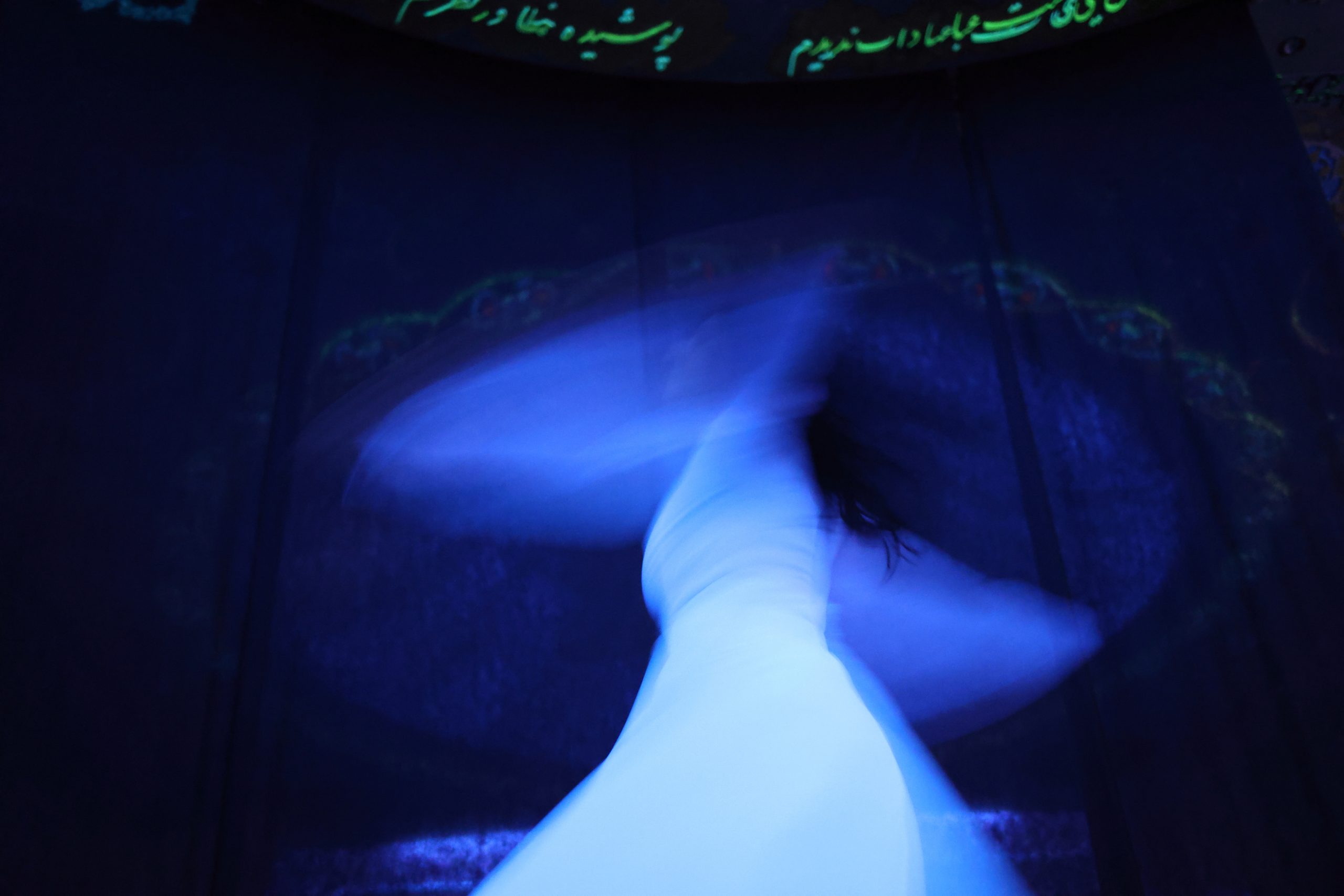
In sama the heart is drawn to the Beloved and knowledge is revealed to the soul
Rumi established sama to teach individuals that with each turn, as they whirled, the lesson of self knowledge was taught. Eager students were able to experience the truth of the teachings within their own being, without any limitations. For example, when the teacher spoke about fana (annihilation of the self in the Divine Lord), the student was able to experience this according to her/his own capabilities. This is one of the reasons why it has been said that a teacher is essential in Sufism, to help enable these experiences. Hazrat Sheikh Najmeddin Kobra has said: “In sama the heart is drawn to the Beloved and knowledge is revealed to the soul.”
Sama is an outward manifestation of the spiritual core, where the seeker truly hears, sees and fully experiences the Beloved’s call, not with the physical senses, but from within. The motions, music and words flow from the heart of each individual into the various mediums of the physical faculties, not to present music, nor to perform a dance, but to declare what has been heard from within, “the Beloved’s call of love.”
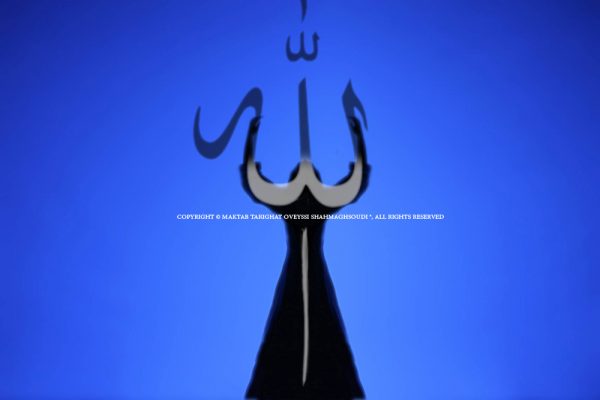
Allah
The motion you see above represents the word Allah. The arms, up towards the sky, in submission and in equilibrium.

Ali
This posture represent the word Ali, which means the ‘Great One’, and was also the name of the first disciple of Islam, Imam Ali (PBUH).
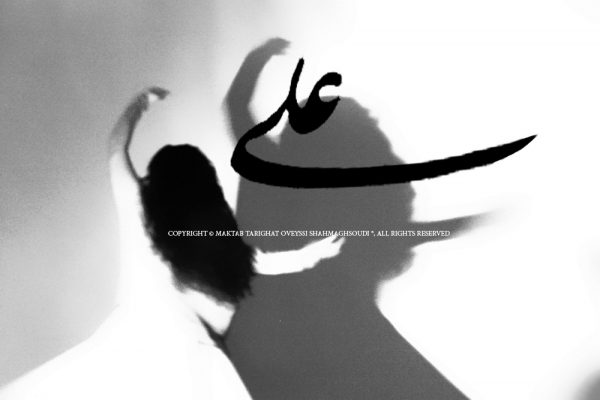
Ali
This posture is another representation of the word Ali

Hu
This posture represents the word Hoo, which literally translates to He, and is used to refer to the true point of reference, God.

Alif, Laam, Meem
This posture symbolises three letters from the Holy Quran: Alif, Laam, Meem. The secret of alif and laam is in meem.
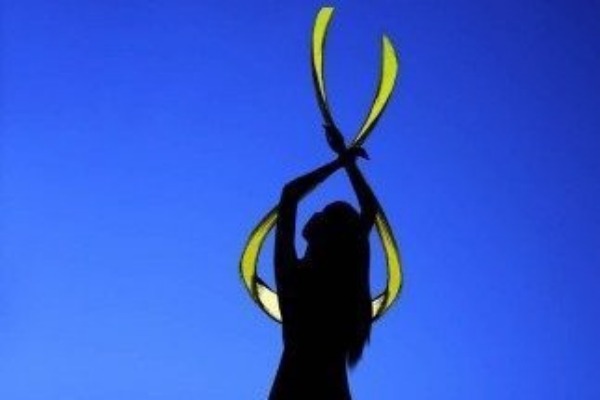
La
This final posture represents the word La, which presents nothingness.
